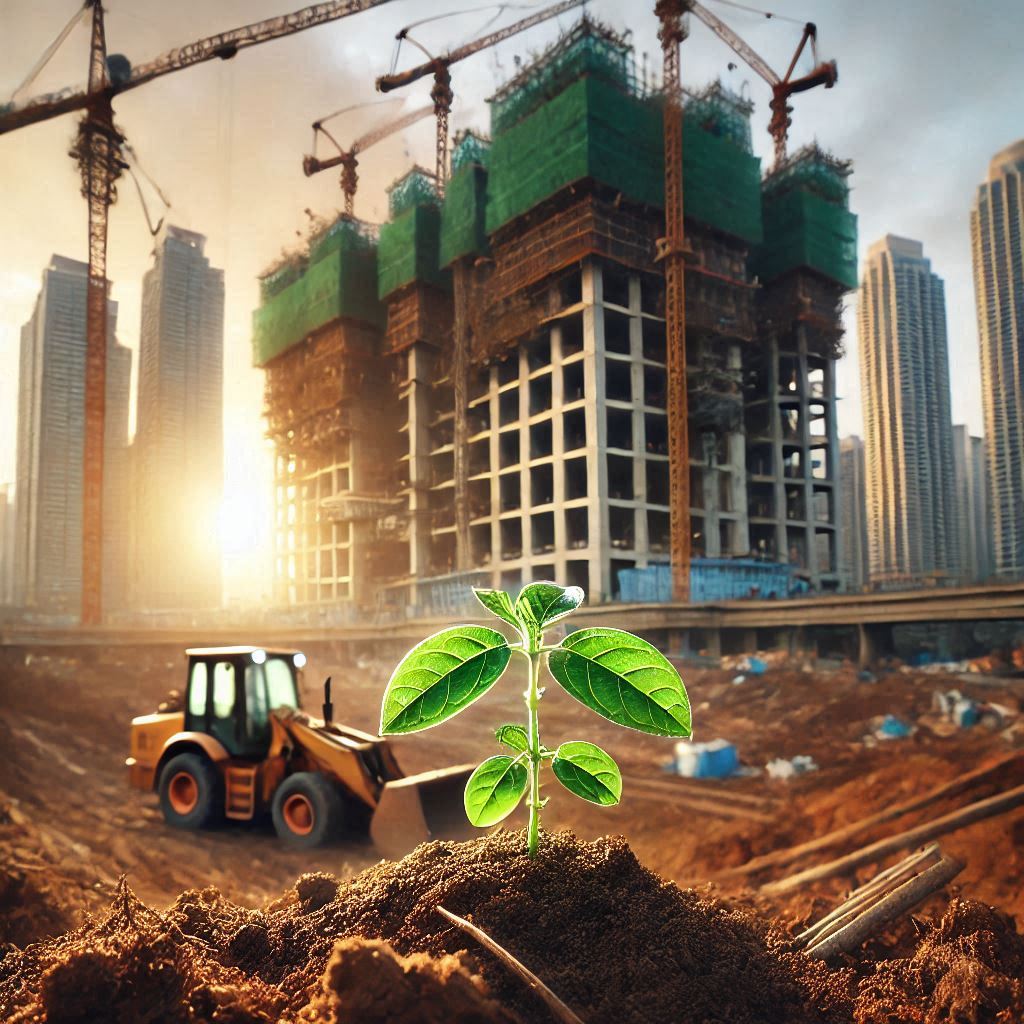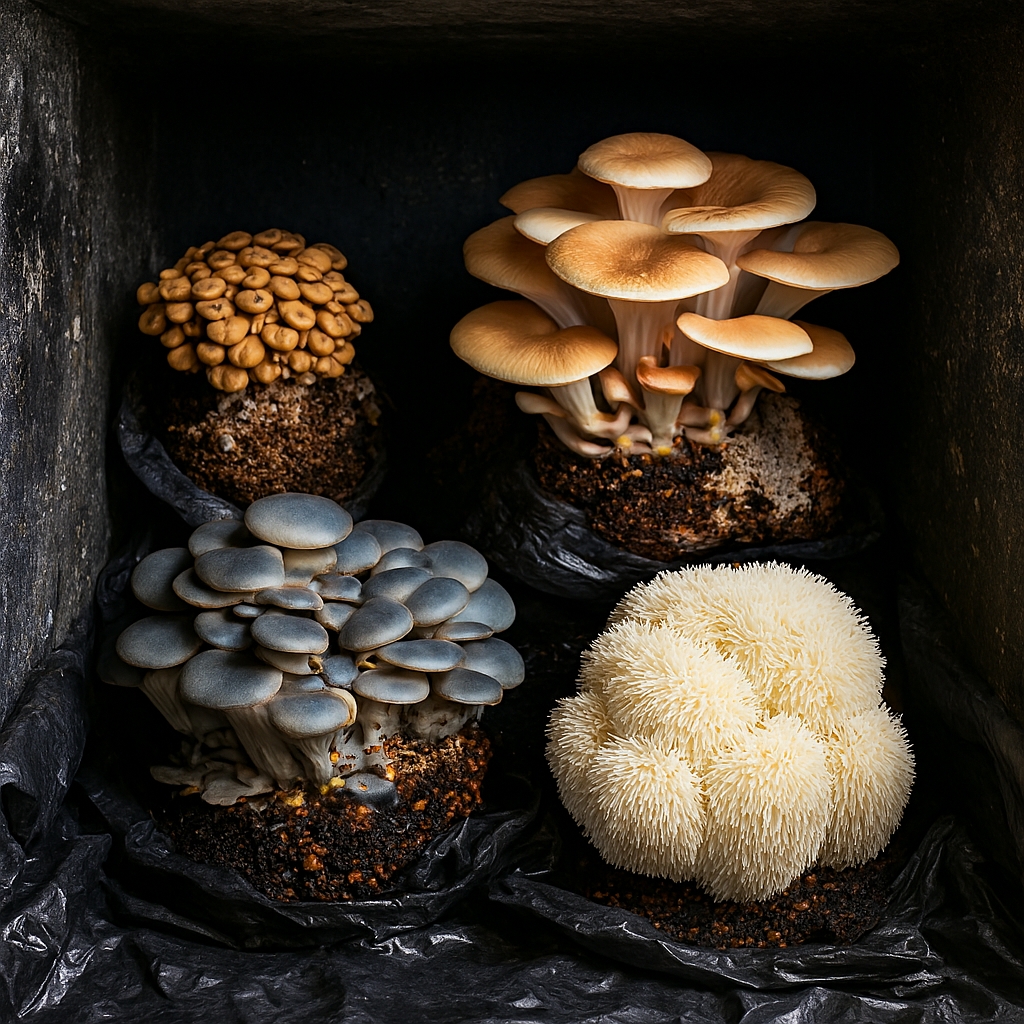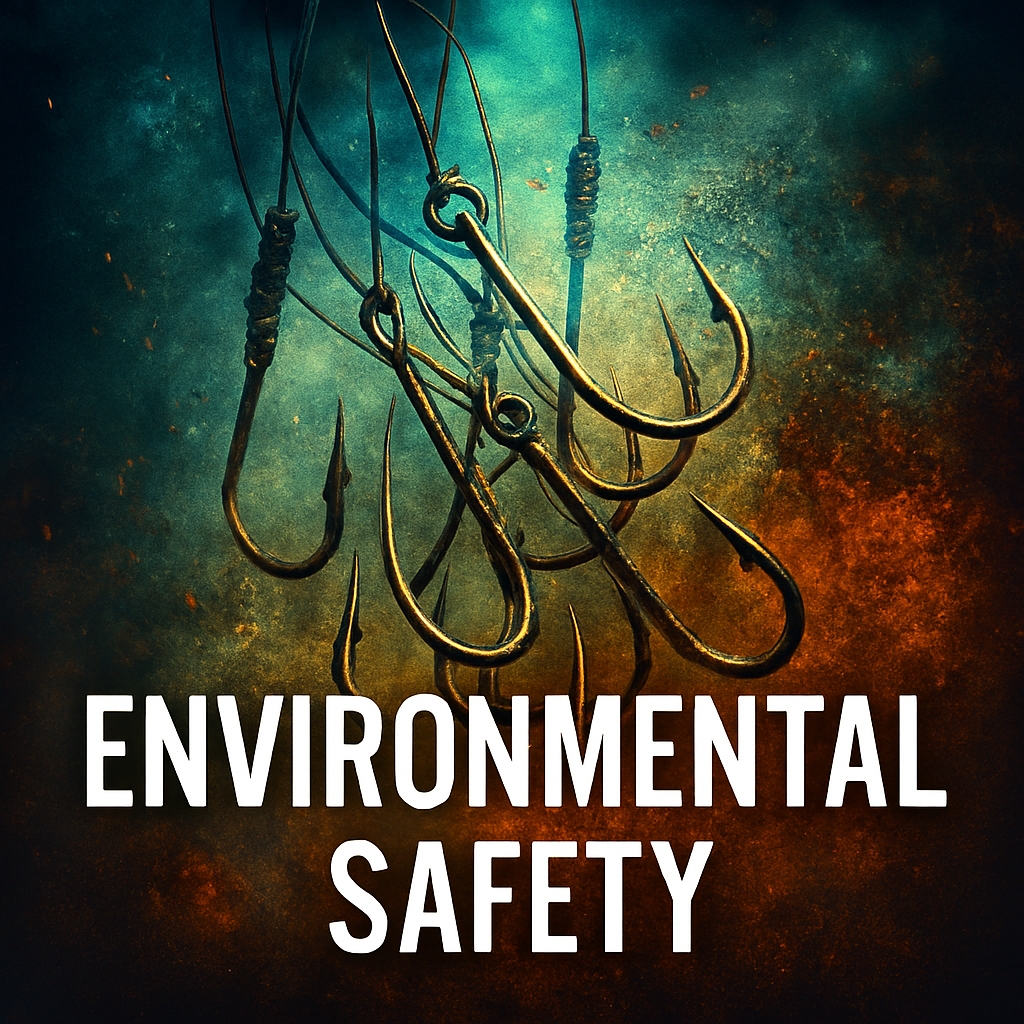Your Physical Environment
The Environment and Its Importance to Individuals
The environment encompasses everything around us, including natural landscapes, urban settings, social surroundings, and cultural contexts. It significantly influences our lives, shaping our physical, mental, and emotional well-being. Understanding the relationship between individuals and their environment is crucial for appreciating its importance and the need to protect it.

The Physical Environment
Natural vs. Built Environment
The physical environment can be divided into natural and built environments. The natural environment includes elements such as forests, rivers, mountains, and oceans. These natural settings provide essential resources like clean air, water, and food, and offer opportunities for recreation and relaxation. On the other hand, the built environment consists of human-made structures like cities, buildings, and infrastructure. This environment plays a crucial role in shaping our daily lives, influencing our habits, behaviors, and overall quality of life.
Impact on Health and Well-being
The physical environment has a direct impact on our health and well-being. Access to clean air and water, green spaces, and safe living conditions contribute to overall health. Conversely, exposure to pollution, noise, and overcrowding can lead to adverse health effects. Research has shown that individuals living in areas with ample green spaces tend to have lower stress levels, better mental health, and higher life satisfaction. The design and quality of the built environment, including housing, transportation, and public spaces, also play a significant role in promoting healthy lifestyles.
Connection to Nature
The connection to nature, often referred to as “biophilia,” is the innate human affinity for the natural world. This connection has profound psychological and emotional benefits. Spending time in nature can reduce stress, enhance mood, and improve cognitive function. Activities such as hiking, gardening, and simply being outdoors can foster a sense of peace and well-being. Urban planning that incorporates green spaces and natural elements can help bridge the gap between the built environment and our natural surroundings, promoting a healthier and more fulfilling lifestyle.

The Social Environment
Community and Social Connections
The social environment refers to the people and social interactions that surround us. It includes our family, friends, neighbors, colleagues, and the broader community. Strong social connections and a supportive community contribute to a sense of belonging and emotional well-being. Social interactions provide opportunities for learning, sharing experiences, and building relationships, which are essential for mental and emotional health.
Influence on Behavior and Values
The social environment influences our behavior, values, and attitudes. Cultural norms, societal expectations, and peer pressure can shape our actions and decisions. For example, communities that prioritize environmental sustainability and conservation can encourage individuals to adopt eco-friendly practices. Similarly, supportive social environments that promote healthy behaviors, such as exercise and balanced nutrition, can positively impact individual well-being.
Role of Social Support
Social support is a critical component of the social environment. It encompasses emotional, informational, and practical assistance provided by others. Social support can act as a buffer against stress, improve resilience, and enhance overall quality of life. In times of crisis or challenges, having a strong support network can make a significant difference in an individual’s ability to cope and recover. Fostering strong social connections and a sense of community can contribute to a healthier and more resilient society.

The Cultural Environment
Cultural Identity and Heritage
The cultural environment encompasses the traditions, customs, and values that define a society. It includes language, art, music, religion, and historical heritage. Cultural identity is a significant aspect of an individual’s sense of self, providing a connection to their heritage and community. Engaging with cultural practices and preserving cultural heritage fosters a sense of pride, belonging, and continuity.
Cultural Exchange and Diversity
Cultural exchange and diversity enrich our lives by exposing us to different perspectives, ideas, and experiences. Interacting with diverse cultures promotes empathy, understanding, and tolerance. It encourages individuals to appreciate the richness of human experience and fosters a sense of global citizenship. A culturally diverse environment enhances creativity and innovation, contributing to personal and societal growth.
The Role of Art and Expression
Art and cultural expression are integral components of the cultural environment. They provide a meaning for individuals to grow from experiences. Engaging with art, whether through creating or experiencing it, can have therapeutic effects, promote mental well-being, and foster a sense of community. Public art installations, cultural festivals, and artistic performances can enhance the cultural vibrancy of a community and create spaces for connection and dialogue.

The Importance of Environmental Stewardship
Protecting Natural Resources
Environmental stewardship involves taking responsibility for protecting and conserving natural resources. Clean air, water, and fertile soil are essential for sustaining life and supporting ecosystems. Responsible management of these resources ensures their availability for future generations. Individual actions, such as reducing waste, conserving energy, and supporting sustainable practices, contribute to environmental preservation.
Addressing Environmental Challenges
Environmental challenges, such as climate change, pollution, and habitat destruction, pose significant threats to the planet and human well-being. Addressing these challenges requires collective efforts at local, national, and global levels. Public awareness, education, and policy changes are crucial for promoting sustainable practices and mitigating environmental impacts. Individuals can play a role by advocating for environmental protection, supporting eco-friendly initiatives, and making conscious choices in their daily lives.
Sustainable Living Practices
Sustainable living involves adopting practices that reduce our environmental footprint and promote the well-being of the planet. This includes reducing waste, recycling, conserving water and energy, and choosing sustainable products. Sustainable living also involves supporting renewable energy sources, such as solar and wind power, and reducing reliance on fossil fuels. By making sustainable choices, individuals can contribute to a healthier and more sustainable future.

Conclusion
The environment, in all its facets, plays a fundamental role in shaping our lives and well-being. Understanding the interconnectedness of the physical, social, and cultural environments highlights the importance of preserving and nurturing these surroundings. By fostering a harmonious relationship with our environment, we can enhance our quality of life, promote health and well-being, and ensure a sustainable future for generations to come.
Join the Discussion
How does your environment impact your daily life? What steps do you take to protect and improve your surroundings?

















Photographs Of Dark Abandoned Strange Places In Australia
[…] Allure of Abandoned PlacesThe eerie atmosphere and historical significance of abandoned places often give rise to tales of hauntings and paranormal activity. These sites, once bustling with […]